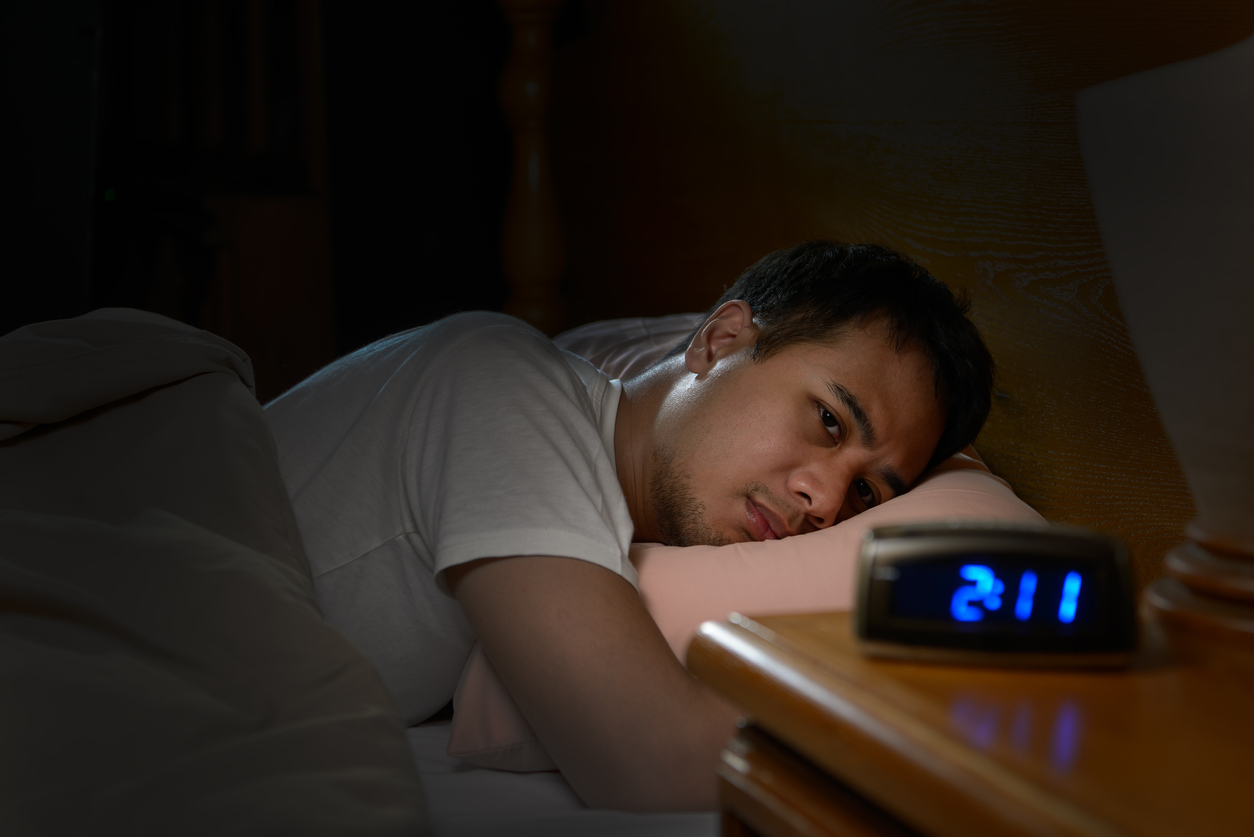
In an ideal world, slipping into bed after a long day should be a ticket to dreamland, a place of respite and rejuvenation. However, for many, the reality is far from this dreamy scenario. Stress and anxiety often play the role of the unwelcome intruder, preventing us from achieving the peaceful slumber we so desperately crave.
A cognitive behavioral therapy for insomnia expert, sheds light on the two main culprits behind disrupted sleep – physical tension carried from a busy day and the relentless thoughts that invade our minds when we finally hit the hay.
The Double Whammy:
Firstly, expert opinion points out that the tension accumulated during a hectic day can linger into bedtime, making it difficult for us to find comfort and ease into sleep. The residual stress becomes a barrier, a hurdle to clear before entering the realm of dreams.
The second issue is mental tension, the thoughts that flood our minds when we finally have a moment of quiet. This is often the only time during the day when we pause, and our minds take the opportunity to replay the day’s events, contemplate alternate scenarios, and worry about what lies ahead.
It can be a challenge to navigate these thoughts, especially in the quietude of the bedroom, where they can become formidable obstacles to falling asleep. The temptation to engage with electronic devices only amplifies the problem, further delaying the coveted transition into peaceful slumber.
Tackling the Nighttime Struggle:
To counteract these challenges, try a proactive approach to winding down before bedtime. Acknowledge the day, reflect on what was accomplished, and make a plan for the next day – all a few hours before actually going to bed. This approach allows for a smoother transition from wakefulness to sleep, providing a sense of control over the chaos of daily life.
Moreover, it’s recommended to allocate dedicated time for worry. Rather than suppressing anxieties, acknowledging and addressing them during a designated time earlier in the evening can prevent their infiltration into the sacred space of the bedroom.
Cognitive Behavioral Therapy for Insomnia (CBTI):
Experts in CBTI, introduce a therapeutic approach aimed at identifying and challenging dysfunctional beliefs surrounding sleep. The misconception that a rigid eight-hour sleep requirement is necessary for optimal functioning, is challenged, emphasising the importance of quality over quantity.
CBTI incorporates behavioral techniques, focusing on establishing a consistent and optimal sleep window for each individual. Contrary to common logic, going to bed early or indulging in excessive sleep can fragment the sleep process. The key lies in finding the right balance to ensure a deep, restful sleep experience.
Practical Strategies for Better Sleep:
While CBTI is ideally facilitated by a professional, there are some practical strategies derived from the therapy that individuals can incorporate into their sleep routine:
- Stimulus Control: Limit the bedroom’s use to sleep and intimate activities. If wakefulness persists in bed, leave the bedroom and engage in a quiet activity until sleepiness returns. This helps break the association between the bedroom and a battleground for sleep.
- Effortless Sleep: Don’t try to force sleep. The more one strives to sleep, the more tension and anxiety build up. Normal sleepers don’t consciously try to sleep; they allow it to happen naturally. Release the effort, and let your body follow its innate rhythm.
Conclusion:
In the quest for a restful night’s sleep, understanding the impact of stress and anxiety is crucial. Expert insights, rooted in cognitive behavioral therapy for insomnia, provide a roadmap for individuals to navigate the challenges and optimize their sleep routine. By incorporating proactive winding down strategies, acknowledging worries, and embracing techniques like stimulus control and effortless sleep, we can dismantle the barriers preventing us from enjoying the restorative power of a good night’s sleep. So, here’s to unwinding, letting go of the day’s burdens, and reclaiming the serenity of our sleep sanctuary. Sweet dreams await those who are willing to embark on this journey towards a more restful slumber.